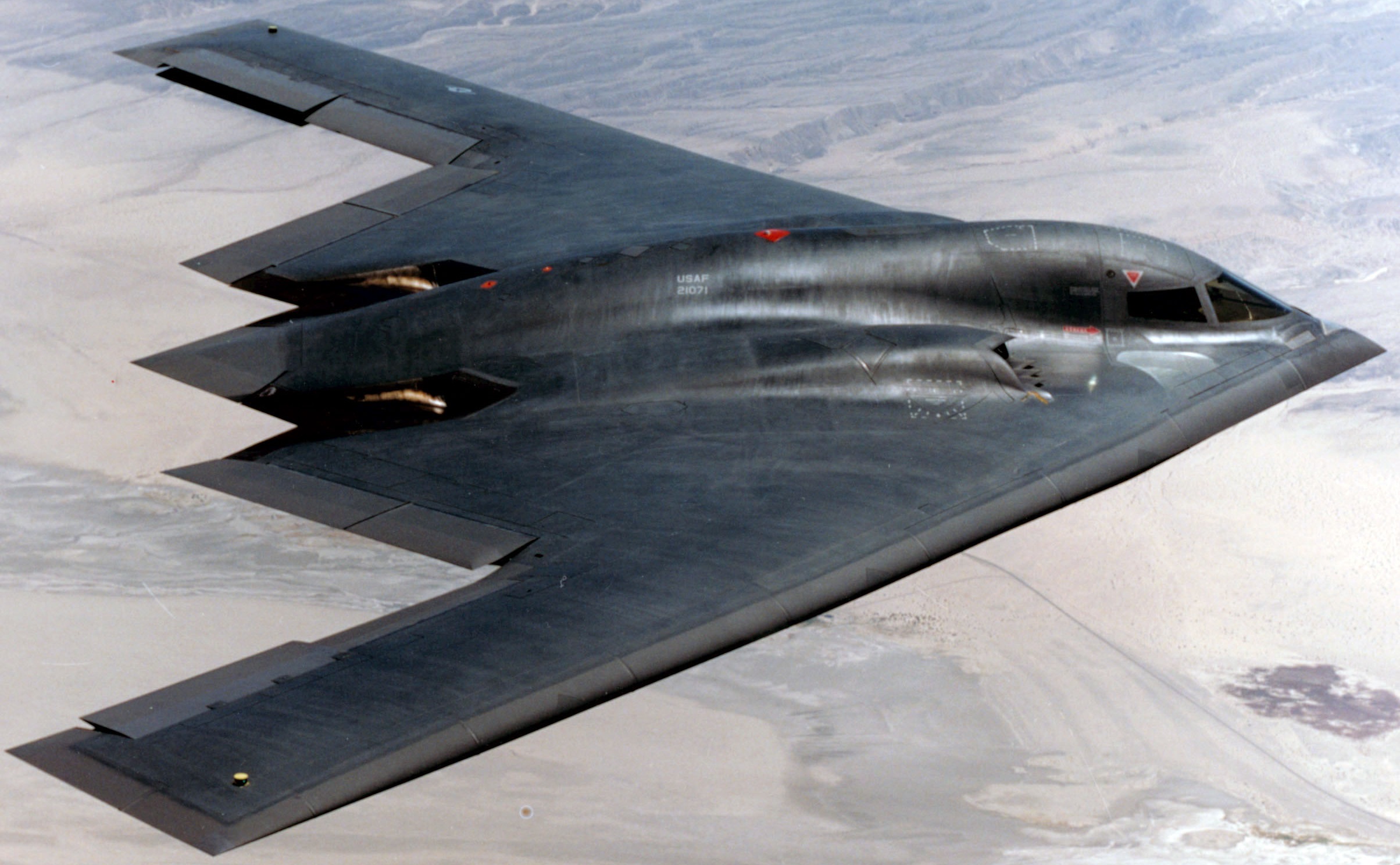
The F-22 and B-2 Bomber Are Old: A New Generation of Super Stealth Is Coming
In 2010, the company — along with Cranfield University — tested the smaller Demon drone, which also used blown air for maneuverability. Demon was the result of a five-year, $8-million research initiative that BAE Systems launched in 2005. MAGMA represents a continuation of that work.
Researchers at BAE Systems and The University of Manchester successfully test-flew an experimental unmanned aerial vehicle with no moving control surfaces, BAE Systems announced in December 2017.
The 12-foot-span, jet-propelled MAGMA drone could help BAE develop stealthier warplanes. Control surfaces account for a significant portion of an airplane’s radar signature.
(This first appeared several years ago.)
Instead of rudders, ailerons and other conventional control surfaces, MAGMA relies on two new technologies for maneuverability. Wing circulation control “takes air from the aircraft engine and blows it supersonically through the trailing edge of the wing to provide control for the aircraft,” according to BAE Systems.
Fluidic thrust vectoring, meanwhile, “uses blown air to deflect the exhaust, allowing for the direction of the aircraft to be changed.”
Recommended: How North Korea Could Start a War
Recommended: This Is What Happens if America Nuked North Korea
Recommended: The Colt Python: The Best Revolver Ever Made?
“These trials are an important step forward in our efforts to explore adaptable airframes,” Bill Crowther, leader of the MAGMA project at The University of Manchester, said in a BAE Systems release. “What we are seeking to do through this program is truly ground-breaking.”
For its first flight, MAGMA featured two small vertical fins for stability. But the fins, themselves a significant source of radar reflectivity, could be temporary. “Further flight trials are planned for the coming months to demonstrate the novel flight control technologies with the ultimate aim of flying the aircraft without any moving control surfaces or fins,” BAE Systems stated.
MAGMA is not BAE System’s first test of a UAV with no moving control surfaces. In 2010, the company — along with Cranfield University — tested the smaller Demon drone, which also used blown air for maneuverability. Demon was the result of a five-year, $8-million research initiative that BAE Systems launched in 2005. MAGMA represents a continuation of that work.
It’s long been a goal of aerospace developers to eliminate moving control surfaces from airplanes. Besides boosting a plane’s radar cross-section, or RCS, moving surfaces are also heavy, complex and expensive to build.
In 1975 John Kelly, a Boeing researcher, identified moving control surfaces as a major impediment to developing stealthy warplanes. “Elimination of control surfaces is a consideration that should be examined for low-RCS designs,” Kelly wrote in a company study.
Kelly compared a smooth representational airframe to one with moving control surfaces. The smooth airframe possessed a radar cross-section of .1 square feet. By contrast, the airframe with moving surfaces reflected a radar cross-section of up to five square feet.
The flight-control systems on current stealth warplanes including the B-2, F-22 and F-35 reportedly feature low-observable modes that limit control surfaces’ movements in order to minimize radar reflectivity. With MAGMA, BAE Systems could be working toward aircraft designs with fewer, or no, moving surfaces — and thus much greater stealth.
This first appeared in WarIsBoring here.


